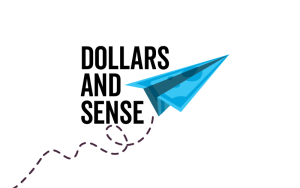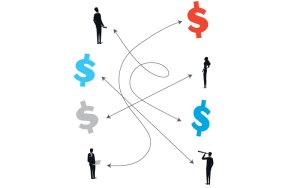Picture this: You’ve just spent hours crafting the perfect post, weaving your thoughts into a beautiful blog of insightful content. You publish it, excited to see how your readers respond. Then, a few days later, you stumble upon a suspiciously familiar piece of writing on another website. Ugh. It’s your content, copied word for word, with not a shred of credit to be found. This form of “flattery” is all too common these days. Welcome to the digital Wild West of plagiarism.
Find and Fix the “Flattery”
Here’s how to deal with content copying, and how tools like AI content generators and AI copy and plagiarism checkers can help you reclaim your digital domain.
Spot the Copycats: Identify Plagiarism
First, how do you know if your copy has been copied? This one’s simple – use the same tech the plagiarists might have employed–AI content generators–and add plagiarism checkers on top of that. These tools can scan the web for duplicates of your work. Plagiarism and AI Checkers like Copyscape, Grammarly, and Turnitin work well to ferret out the fakery. They’ll help you find those sneaky copycats who’ve lifted your prose without so much as a “please.” Once you’ve identified the culprits, it’s time to decide on a course of action.
Related: The Ethical Implications of ChatGPT: Addressing Bias and Privacy Concerns
What to Do When You Catch a Copycat
Discovering your content’s doppelgänger is half the battle. Next, you can take the following steps to reclaim your work.
1. Contact the Offender: It’s always good to assume people have the best intentions, even when the case might be the opposite. You can start by sending a polite email or message. If the content copying was unintentional, a simple request might get it taken down easily. Here’s a template to get you started:
Hi [Name of Copycat],
I recently discovered an article on your website [link] contains content identical to one I published on my site [link]. While I appreciate that you found my work valuable, I request you either remove the copied content or provide proper attribution and a link back to my original post.
Thank you for your understanding.
Best regards,
[Your Name]
2. DMCA Takedown Notice: If the polite approach doesn’t pan out, it’s time to step up your strategy. A DMCA (Digital Millennium Copyright Act) takedown notice is a formal request to the hosting provider to remove the infringing content. There are plenty of templates available online, and you can even send these notices to search engines to get the offending pages de-indexed.
3. Public Acknowledgement: This is potent, but should be used sparingly. Publicly calling out the plagiarist on social media can sometimes pressure them into taking down the stolen content. However, people don’t like to be called out — so be prepared for backlash, and ensure you have all the facts straight before going public with the accusation.
Use AI to Protect Your Content
Moving forward, how do you ensure your work isn’t copied again? Luckily, AI works in benevolent ways, too. You can leverage these AI tools to protect your content:
AI Copy and Plagiarism Checkers: You can regularly use plagiarism and AI checker tools like the aforementioned CopyScape and Grammarly, as well as Plagibot, to identify duplicates of your content. They’re constantly improving and can help you stay ahead of those using AI copy to profit from your hard work.
Content Watermarking: You can use some AI tools like Glaze and Photoguard to subtly watermark your content, embedding unique patterned identifiers that make it easier to prove ownership. Think of it as a digital DNA for your articles.
Related: ChatGPT Knows Enough to Be Dangerous
Turn Plagiarism Into an Opportunity
Then there’s something most people don’t think to do — turn the tables on the plagiarists. If someone is reusing your content, it means you’re doing something right. Remember, content copying is the highest form of flattery. You can harness this experience as a marketing tool. Blog about what happened, sharing how you dealt with plagiarism and what others can learn from it. This not only reinforces your authority, but also turns a negative experience into valuable content for your audience, helping to safeguard their content as well.
Related: The Future of Organic Search: AI Takes Center Stage (But Still Needs Humans)
Keep It Real
In an age where it’s hard to separate fact from fiction, dealing with plagiarism is an unsavory but common digital rite of passage. With the right tools — AI content generators, plagiarism and AI checkers, and watermarking platforms — you can protect your work from content copying and continue to maintain and build your reputation.
Remember, it’s still the Wild West of the internet, so staying vigilant and proactive is your best defense. We can help you herd the copycats and share your original insights with the world. Talk with us today about creating copy that’s so good it simply can’t be copied.



